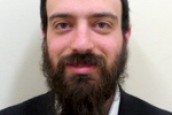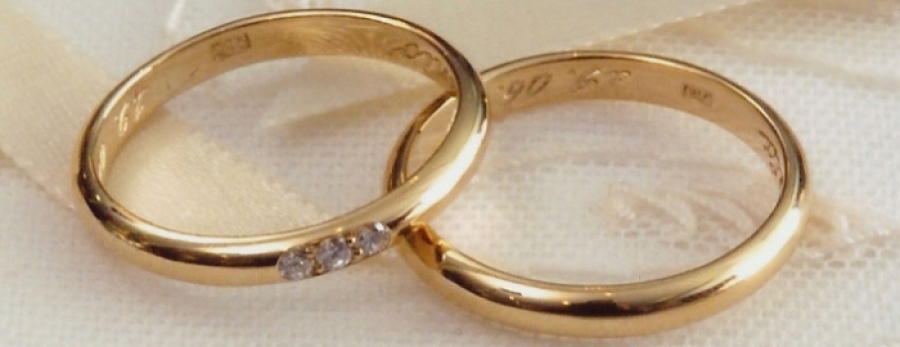Question:
I recently attended a traditional Jewish wedding. I found it to be a most fascinating experience, rich in culture and ritual. I imagine that there must be many explanations and deep insights behind the various practices. I was wondering if there is perhaps an underlying general theme that could explain some of the ceremony?
Answer:
The Jewish wedding is more than just a ceremony or ritual. What happens beneath the chupah (marriage canopy) is a fusion of souls; two souls that were separated before birth joyfully reunite. Our sages tell us that this marriage of the souls is a re-enactment of the marriage between G-d and the Jewish people that took place with the giving of the Torah at Mount Sinai. In fact the Hebrew word for betrothal is "kiddushin" which literally means "sanctification". This same word "kiddushin" is used when performing any mitzvah - we make a blessing thanking G-d for "sanctifying us" with His mitzvot. Therefore the origin of a wedding ceremony comes all the way from the giving of the Torah at Mount Sinai where G-d took us, the Jewish people, as a wife.
Let us examine what took place at that wedding: The Torah describes how G-d waited for us at the mountain. The Jewish people, somewhat nervous about this major commitment they were entering into, had to be led by Moses to the mountain for the "ceremony". The Torah depicts Mount Sinai as being full of " lights and fires ", where we stood as G-d committed Himself to us and we committed ourselves to Him.
At the wedding ceremony we too stand under a marriage canopy - the chuppah. The chuppah is like Mount Sinai itself, at the foot of which we stood to make this pact with G-d. The bride and groom do not come to the chupah alone; they are given a special escort ("The shushvinin") - just as Moses escorted us to the mountain. The groom enters the chupah first and waits for the bride to follow - just as G-d (the groom) waited for the Jewish people (the bride). And just as at the giving of the Torah the mountain was full of "light and fire", so too the custom is that family members standing under the chuppah hold candles in their hands.
An integral part in a Jewish wedding is the Ketubah, which is read under the chupah. The Ketubah is the marriage contract that details the husband's obligations to provide for his wife. The Ketubah symbolizes the Torah itself, in which G-d undertakes to provide for His bride, the Jewish people. It is this "marriage contract" that has seen our survival.
 Rabbi Yaacov Chaiton
Rabbi Yaacov Chaiton